
Traditional Masks
Sri Lanka has inherited and been influenced by these traditions of mask making and devil dancing mainly from the cities of Kerala and Malabar in India while Sri Lankan artisans have managed to incorporate more decorative techniques and colour in the masks that are manufactured today.

Traditional Masks
Sri Lanka has inherited and been influenced by these traditions of mask making and devil dancing mainly from the cities of Kerala and Malabar in India while Sri Lankan artisans have managed to incorporate more decorative techniques and colour in the masks that are manufactured today.

Traditional Masks
Sri Lanka has inherited and been influenced by these traditions of mask making and devil dancing mainly from the cities of Kerala and Malabar in India while Sri Lankan artisans have managed to incorporate more decorative techniques and colour in the masks that are manufactured today.
Kolam Masks
Kolam is another “low-country” tradition from Sri Lanka’s southern coast. Although it includes elements of ritual and even trance, it may be classified, however, as a form of folk theatre. A loose plot binds several stock characters and scenes together. The actual play is usually based on a Buddhist Jataka story.
The characters’ lines may be sung by a nearby singer, but they are sometimes also spoken and even sung by the actors themselves. Kolam’s dance technique is clearly related to another low-country tradition, that of sanni.
One can only speculate on kolam’s origins. The tradition itself gives legendary explanations of its birth. Furthermore, there are theories that the tradition stems from ancient pregnancy rites, while its many animal characters clearly indicate its roots in the animistic, animal spirit rites. It seems that kolam is a fusion of archaic belief systems, of Buddhism as well as later popular culture, which reflects the structure of the society at various phases of the island’s history.
The kolam performance takes place in a round performance arena surrounded on three sides by the audience. At least two drummers provide its accompaniment. The narrator or master of ceremonies directs the performance and introduces the characters. He also sometimes speaks the characters’ lines or enters into a dialogue with them. In earlier times, a kolam performance lasted a whole night, but nowadays from two to three hours.
-
 Anabera kolama
Anabera kolamaThis character is known as the panikkalaya or panikkirala.
-
 Nonchi Akka Kolama
Nonchi Akka KolamaShe is the wife of official drummer announcer.
-
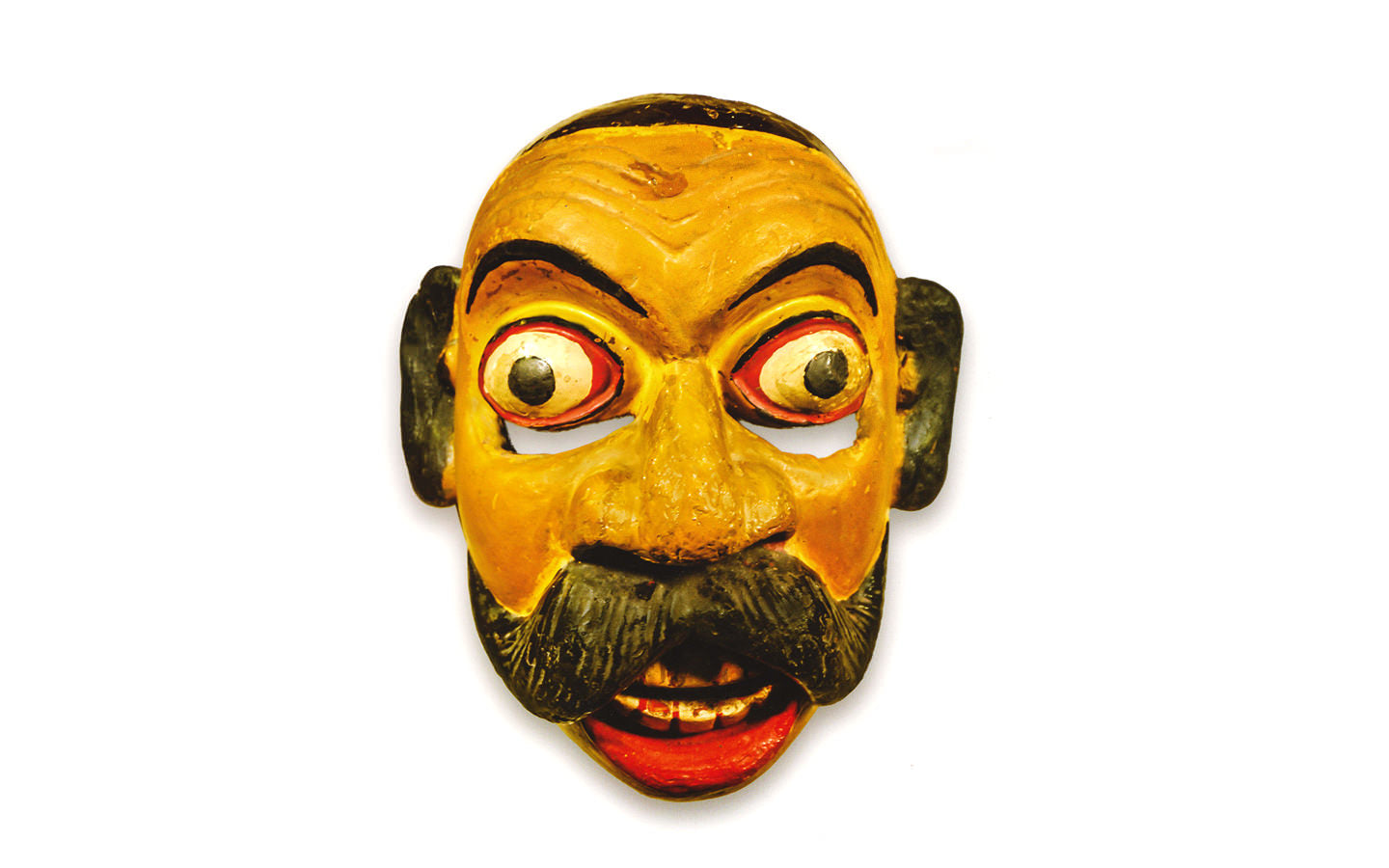 Jasa Kolama
Jasa KolamaThis character has become well known as Jeydi Vidane or Rada Kolama.
-
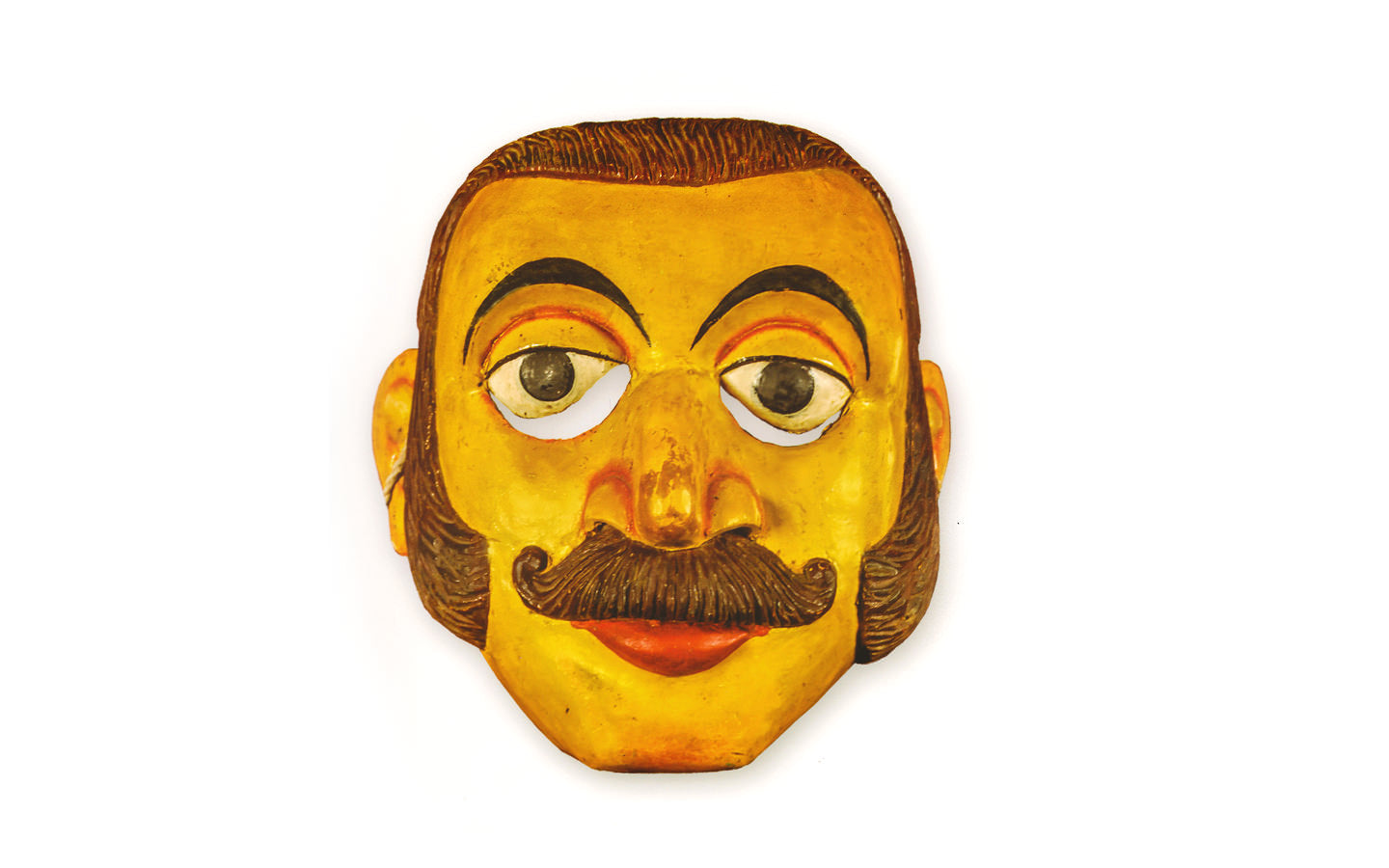 Arachchi Kolama
Arachchi KolamaComedy of village chief
-
 Hewa Kolama
Hewa KolamaComedy about a soldire
-
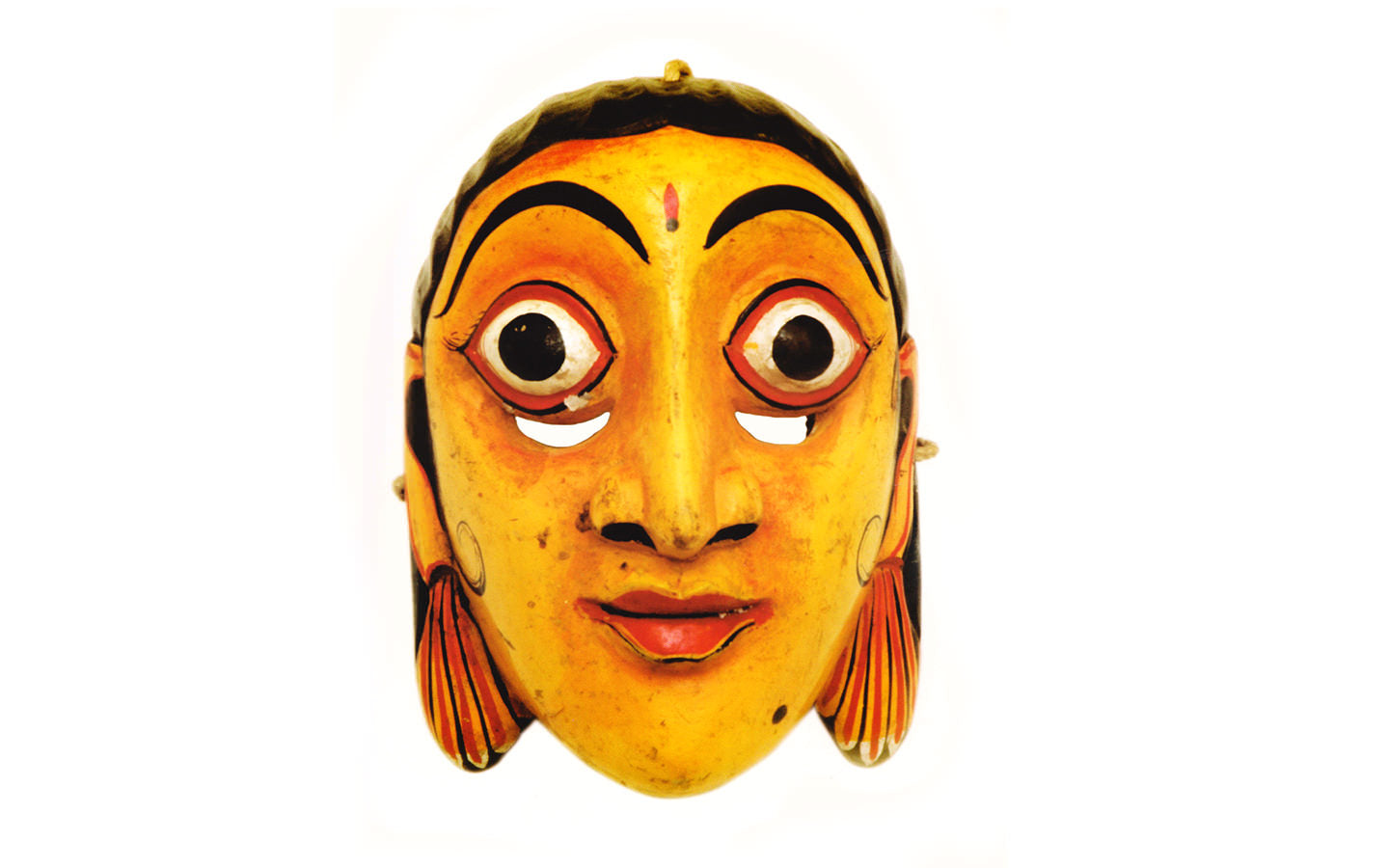 Lenchina kolama
Lenchina kolamaThe wife of Jasaya.
-
 Mudali Kolama
Mudali KolamaHigh official comedy
-
 Aththa Muththa Kolama
Aththa Muththa Kolamacomedy of grandmother and grandfather
-
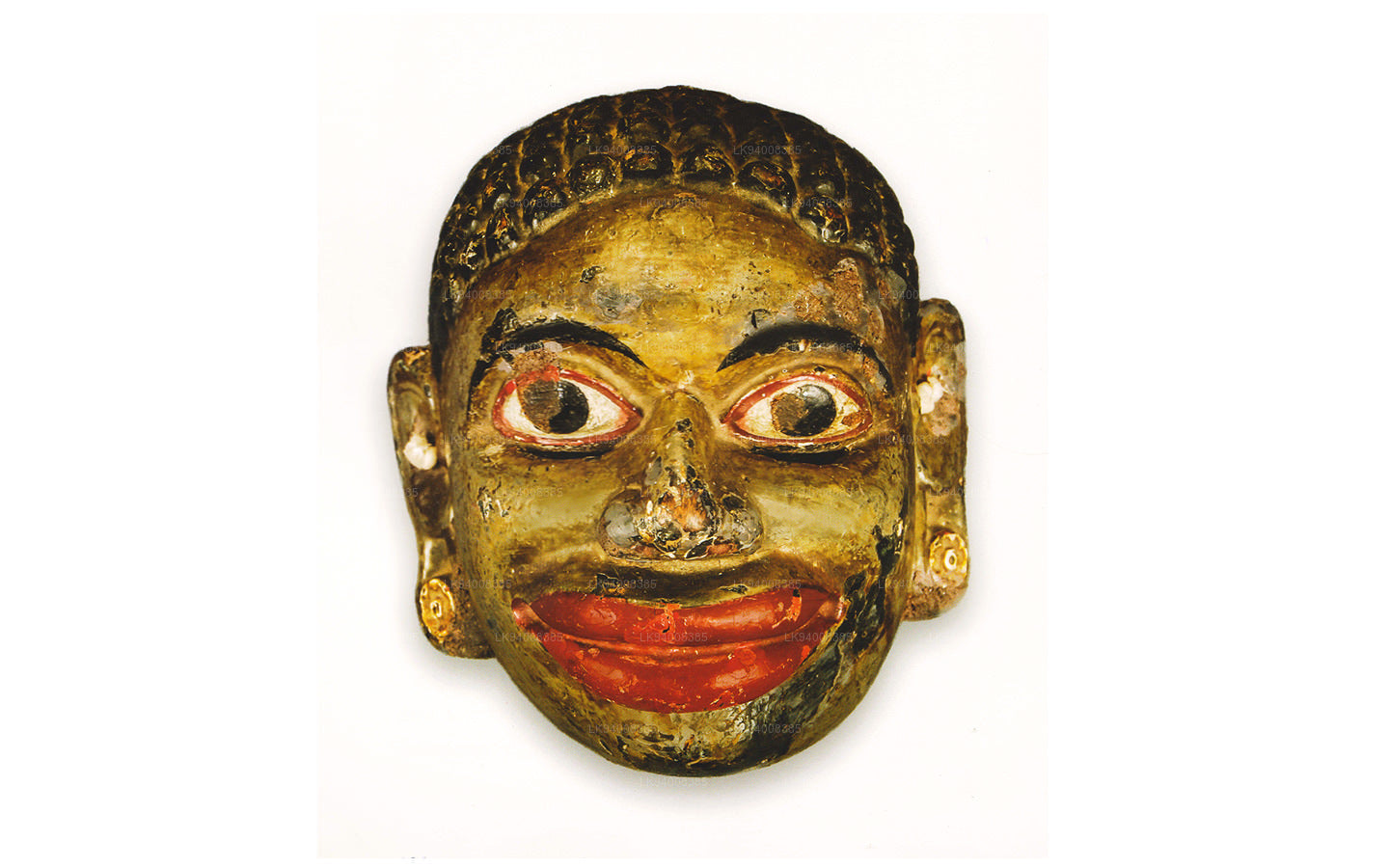 Kapiri Kolama
Kapiri KolamaNegro comedy
-
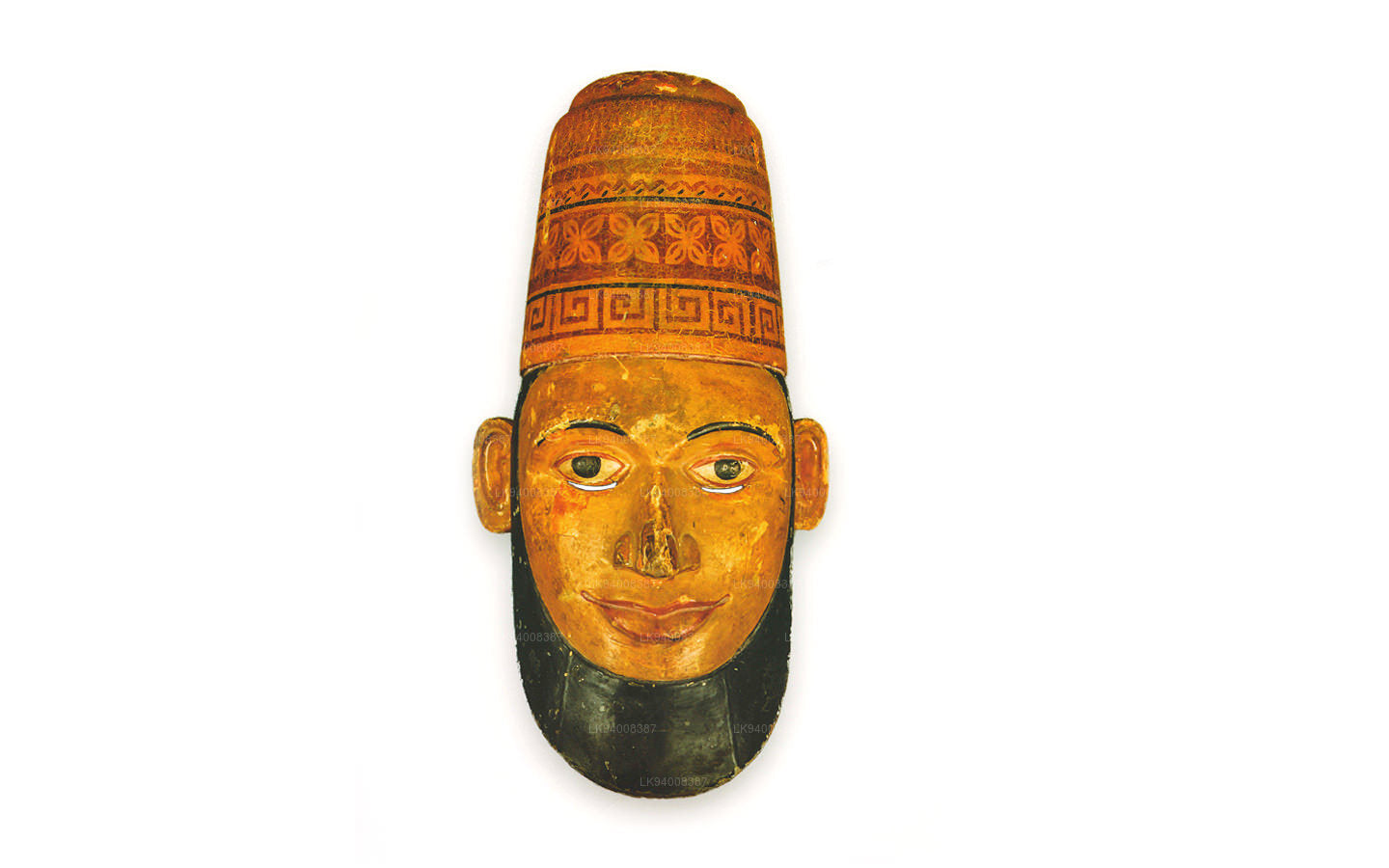 Marakkala Kolama
Marakkala KolamaMuslim comedy
-
 Demala Kolama
Demala KolamaTamil comedy
-
Raja Kolama
Comedy of King and the Queen
-
 Panchanarigathya Kolama
Panchanarigathya KolamaThis mask is like the face of a beautiful woman. The upper portion resembles a crown.
-
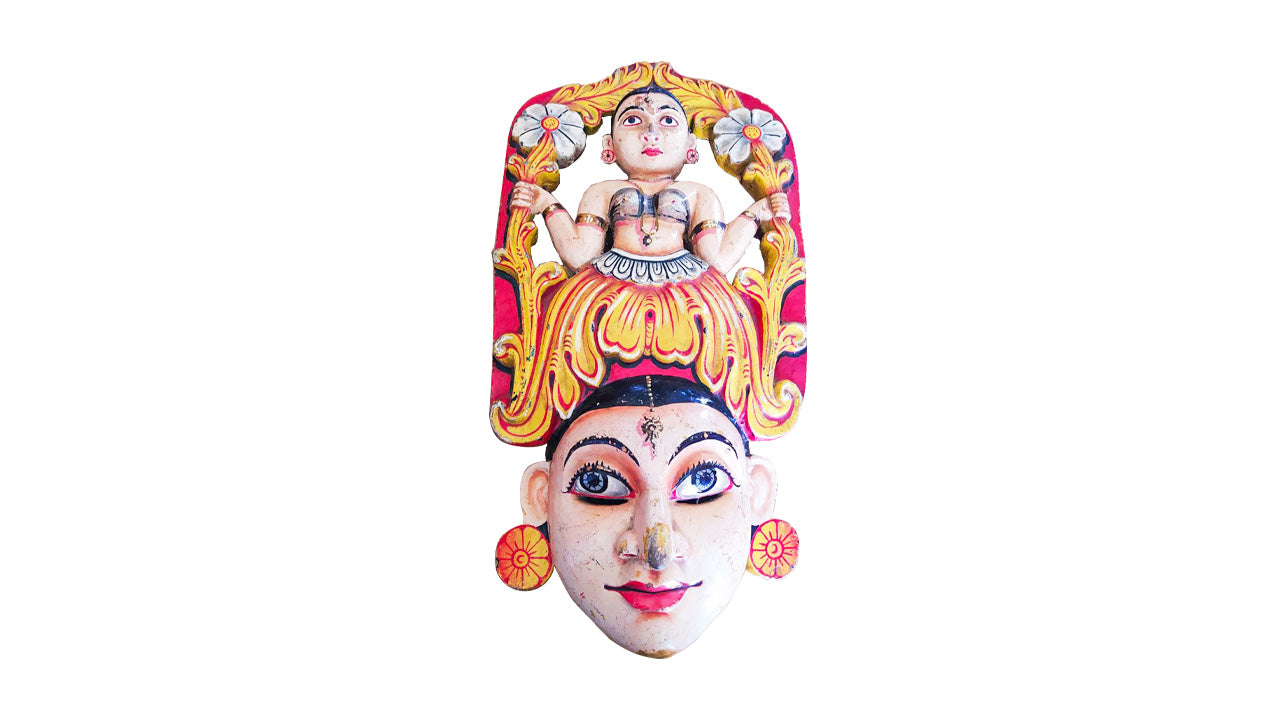 Deva Giri Kolama
Deva Giri KolamaIt is stated that this face resembles the full moon.
-
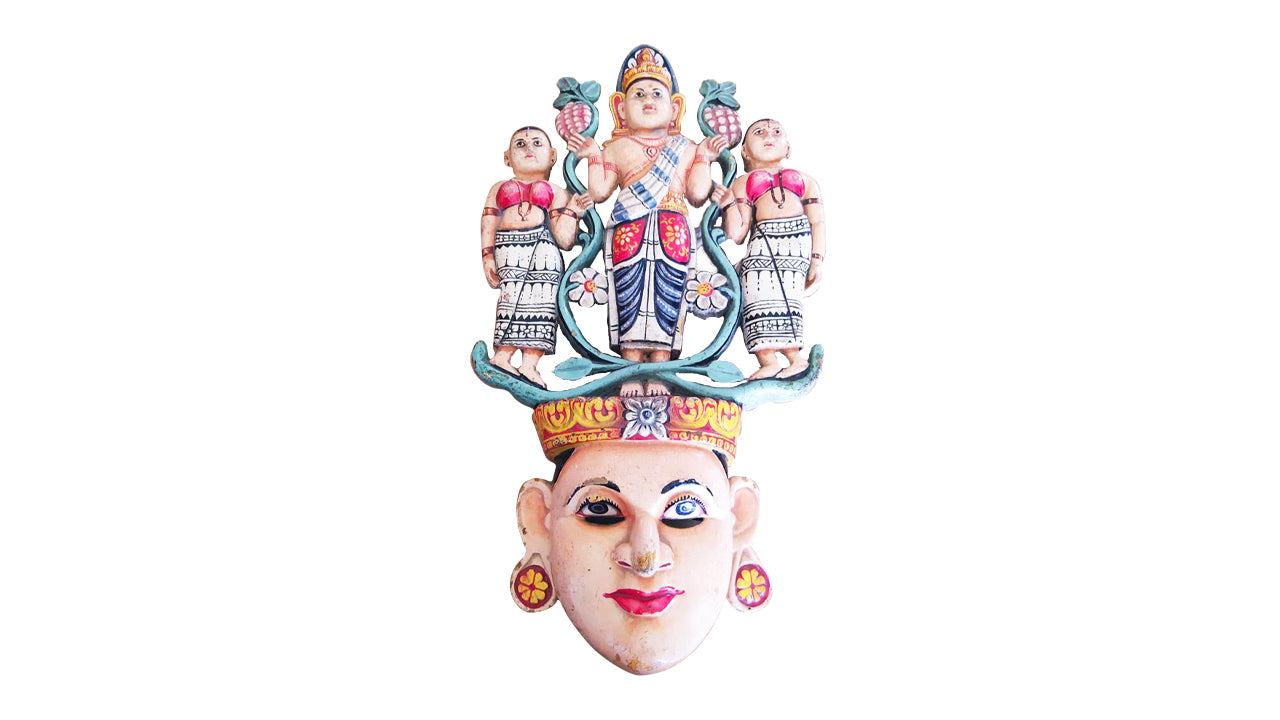 Ananga Bahirava Kolama
Ananga Bahirava KolamaBahirawa mask is the handsome face of a prince and on either side are faces of women.
-
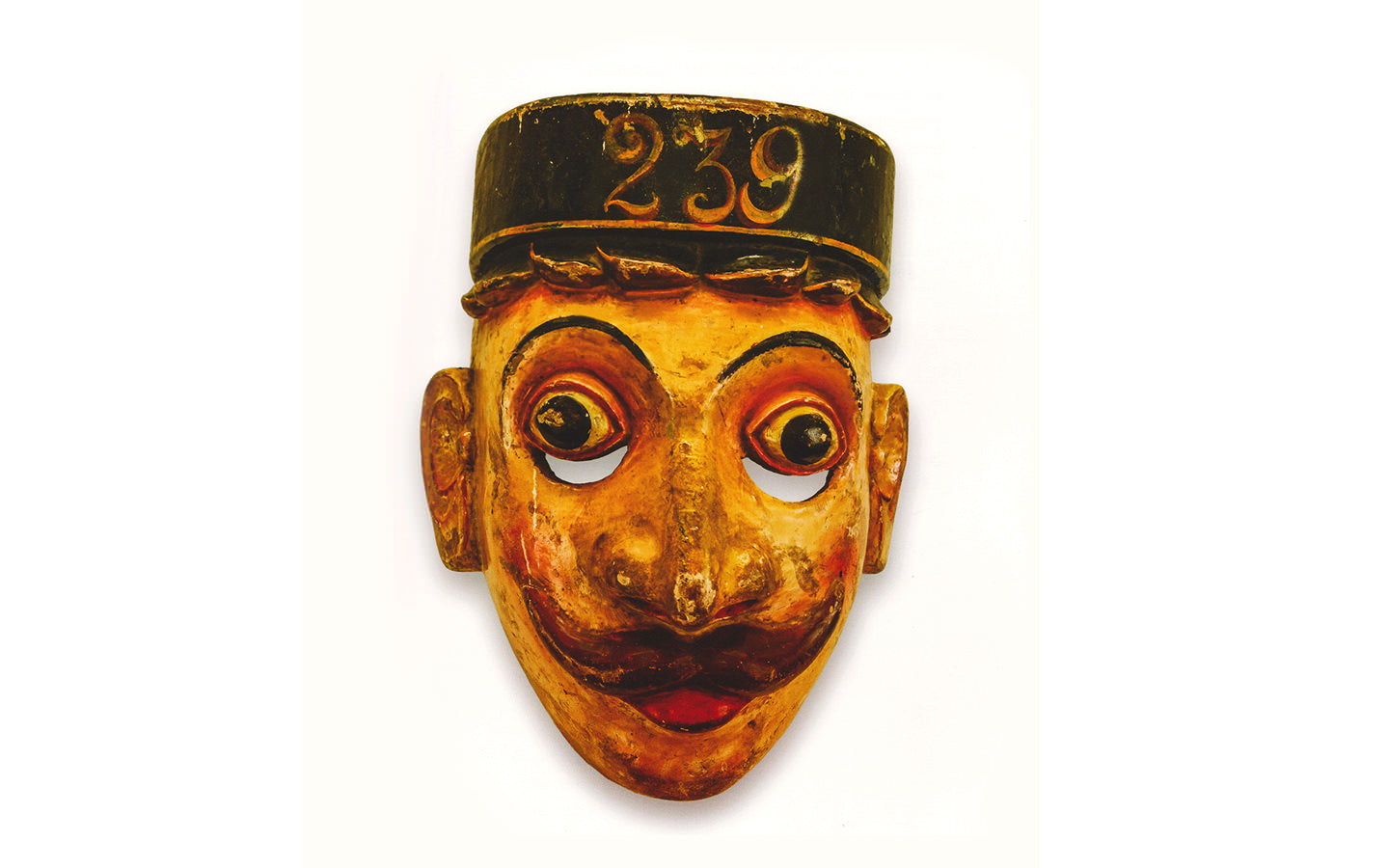 Police Kolama
Police KolamaPolice comedy














